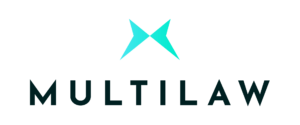Intellectual property rights holders pursuing legal actions in Vietnam have faced various challenges related to document formality in recent years. For example, in two different disputes at the Ho Chi Minh City Court, we have seen the judge request the claimants to re-prepare the civil dossier due to a lack of documentation proving the authorization of the signer—despite the fact that the cases had been ongoing for long time. Meanwhile, many domain names have been unable to be registered and transferred in recent months. Third-party representatives cannot handle the work as they normally would, as Vietnam’s domain name authority has required all documents to be signed by the domain name holders themselves, instead of the law firms representing them. Such demands have created unnecessary complexities and obstacles for IP holders seeking to protect their rights in Vietnam. Legal Formalities in the Court System Vietnam’s judicial landscape presents unique hurdles for IP holders to enforce their rights. One significant challenge is the requirement for the claimant’s legal representative (typically the CEO/president), as explicitly displayed on the company’s business license, to sign all documents related to a lawsuit. This requirement clashes with the operational practices of many foreign companies, where multiple individuals may have the authority to represent the company. It is extremely impractical, especially in a large multinational conglomerate, for the CEO/president to personally execute all documents and transactions. Instead, authorized staff within these organizations, such as department heads or general counsel, typically handle these tasks. In this situation, Vietnamese courts often demand additional documentation to prove the officers’ authority, necessitating specific authorization documents that may not always be readily available. The courts sometimes remain unconvinced by declarations from the CEO/president affirming the authorization of these officers, and despite such assurances, they may still demand tangible proof of authorization, adding




